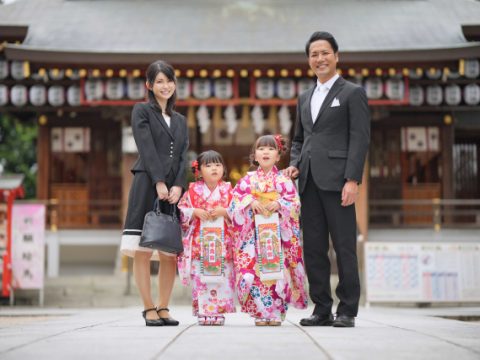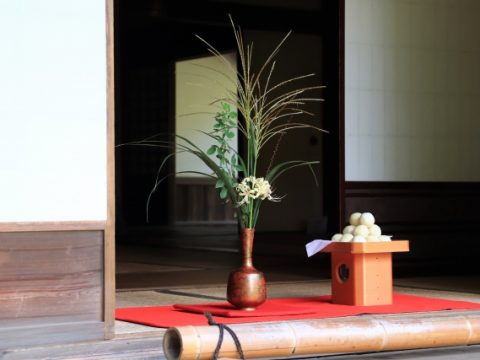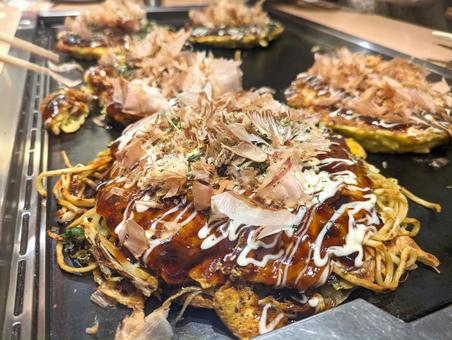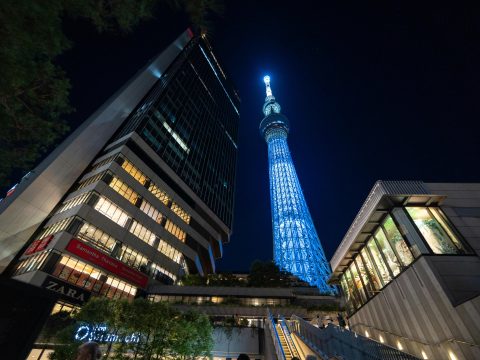Hinamatsuri (ひな祭り)
JAPANESE FOODS
06.03.2023

Hinamatsuri is an annual festival dedicated to girls. It is also known as Doll’s day or Girl’s day. The festival is always held on March 3rd to celebrate the health, happiness, and prosperity of young girls. Each household with a female child(ren) displays hina dolls representing the emperor, empress, attendants, and musicians. They are all dressed in clothes from the Heian era, when the festival’s history originated about 1000 years ago. This day is also called “Momo-no-sekku” meaning peach festival. This is because peaches were believed to be a charm against evil, and the flowers bloom in March. Therefore, it was set as a time to purify and expel the household and welcome the upcoming spring season. So, you will also see some peach blossom decorations around the display of the dolls.
When there is a special event, there are always special foods to accompany the celebration. So let me introduce you to the six foods we eat on Girl’s Day in Japan.
Meal for the celebration
Chirashi-zushi (散らし寿司)
Scattered (散らし) Sushi (寿司), is usually enjoyed as a main dish. It is a type of sushi served on a big platter. Sushi rice is spread on the bottom like a bed, then decorated with raw or cooked seafood, thinly sliced cooked eggs, vegetables, and nori. It turns out to be a very colorful and cheerful dish.

Hamaguri no Osuimono (蛤のお吸い物)
Hamaguri is a kind of clam. Osuimono means clear soup. It is clear clam soup. The clam symbolizes a well-matched married couple because the two shells overlap perfectly. They cannot be matched with other shells with different patterns, sizes, and shapes. Therefore, it is a wish for a girl to meet the perfect match and have a great marriage with her partner in the future.

Drink
Amazake {甘酒)
Amazake is believed to expel evil spirits, and is also a symbol of long life. I also talked about the health benefit of Amazake in January. Click here for the article.

Dessert and snacks
Hishi-mochi (菱餅)
Green represents grass, white represents snow, and pink represents peach blossom. Those colors symbolize the early spring scene where new green grass begins to grow between melting snow and peach flowers start to bloom. The colors also represent health (green), purity (white), and protection from evil (red). So overall, it symbolizes the celebration of the joy of spring and wishes for a daughter (s) to have a healthy life.

Hina Arare (雛あられ)
Hina Arare is a small sweet rice cracker similar to rice puffs. There are usually pink, green, yellow, and white. Each color represents four seasons: spring, summer, fall, and winter. It is to wish happiness throughout the year.

Sakura-mochi (桜餅)
Sakura-mochi is made with glutinous rice filled with sweet red bean paste. It is wrapped with cherry leaves. The reason why we eat this sweet treat on this day is a mystery, especially since cherry blossom is not in season around this date (usually from the end of March to the beginning of April). But it has become a custom in Japan at some point. To learn more about Sakura-mochi, click here to read the article.

You probably don’t have the dolls (they are expensive! it’s investment parents make when they are blessed with a baby girl), but that doesn’t mean you cannot celebrate the beginning of spring. Have fun decorating the house with pink flowers and cook some tasty Japanese food with your friends and family. Happy Spring!
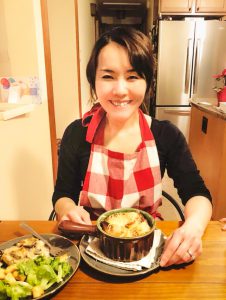
Eri Palmer
Eri grew up in Japan. She came to U.S. as an international student, and decided to stay in the country. Cooking is one of her passions, and she loves to cook Japanese food for her children.
Read previous articles by the writer
Read latest articles
KEYWORDS
- # PICKPICK
- # Resume
- # alcohol
- # Rice
- # Soup
- # winter food
- # Fast Food
- # seafood
- # spicy foods
- # raw food
- # fermented food
- # Transportation
- # MEAT
- # Edo culture
- # suits
- # clothing
- # drink
- # fish
- # seasoning
- # Japanese New Years Foods
- # Toshikoshi soba
- # Osechi Ryori
- # Ozoni
- # Christmas
- # Japanese fusion pasta
- # Wafu Pasta
- # Japanese Hot Pot
- # なべ
- # 鍋
- # Miyazaki
- # Chicken Nanban
- # Karamen
- # Autumn Wagashi
- # Mushi-yokan
- # Imo-yokan
- # Japanese Autumn Fruits
- # Autumn
- # Vending Machine
- # fall
- # dango
- # Chestnut rice
- # saury
- # Mushroom
- # Rice vinegar
- # Japanese condiments
- # 調味料
- # Sake
- # Mirin
- # Soy sauce
- # Japanese Noodles
- # Udon
- # Ramen
- # Yakisoba
- # Soba
- # Japanese Seaweed
- # 海藻
- # かいそう
- # Payslip
- # Training
- # Japanese summer foods
- # 和菓子
- # Wagashi
- # ryokucha
- # 夏
- # 飲み物
- # Ramune
- # ラムネ
- # Pokari Sweat
- # ポカリスエット
- # Calpis
- # カルピス
- # Mugicha
- # ume
- # 梅
- # うめ
- # umeshu
- # job hunting
- # tofu
- # Recruitment in Japan
- # miso
- # Japanese cuisine
- # Yellowtail and bonito
- # Children’s Day
- # Kashiwa Mochi
- # Chimaki
- # fruits
- # Kusamochi
- # Types of Agriculture in Japan
- # bread
- # パン
- # パン屋さん
- # japanese bread
- # shokupan
- # meal blead
- # anko bread
- # 桜
- # さくら
- # cherry blossom
- # visa
- # hanami
- # omotenashi
- # sakura
- # おもてなし
- # Japanese hospitality
- # oshibori
- # wet hand towel
- # hand towel
- # restaurant
- # Commuting in Japan
- # Women-only cars
- # Exit gate
- # japanese train
- # train
- # valentine
- # Japanese sweets
- # 朝食
- # Japanese Breakfast
- # Breakfast
- # Japanese
- # 日本
- # healthy
- # persimmons
- # hoshigaki
- # HR
- # work in Japan
- # jinji ido
- # corporate systems
- # Japanese work culture
- # bento
- # ekiben
- # shinkansen
- # omiyage
- # train station
- # Japanese culture
- # work culture
- # mentaiko
- # umeboshi
- # Japanese snacks
- # potato chips
- # Japanese potato chips
- # Japanese writing
- # seaweed
- # konbu
- # ocean foods
- # shio konbu
- # dashi
- # miso soup
- # food processing
- # pear
- # nashi
- # sweet potato
- # japanese sweet potato
- # stingray
- # satsuma imo
- # food value chain
- # homecooking
- # agriculture
- # Japanese homecooking
- # farming
- # nikujaga
- # shojin ryori
- # meat and potatoes
- # traditional foods
- # comfort food
- # buddhist food
- # manufacturing
- # factory
- # eihire
- # vegetarian
- # food and beverage
- # izakaya
- # yatai
- # japanese festival
- # taiyaki
- # matsuri
- # summer
- # Ikayaki
- # smart agriculture
- # shaved ice
- # kakigori
- # かき氷
- # summer dessert
- # Japan
- # Japanese foods
- # dessert
- # fruit
- # matcha
- # icecream
- # Pikcup
- # Pikc up
- # Pcikup
- # skilled labor visa
- # working visa japan
- # Dineer Table in Japan
- # Japanese manner
- # Japanese food
- # Japanese Table Manner
- # Chopsticks
- # Japanese traffic signs
- # traffic information
- # road rules in Japan
- # chocolate
- # green tea
- # Osaka
- # Work Japan
- # Japanese company
- # ikura
- # sushi
- # nigiri
- # wasabi
- # PCIK
- # PICK UP
- # PICK
- # PICKUP


